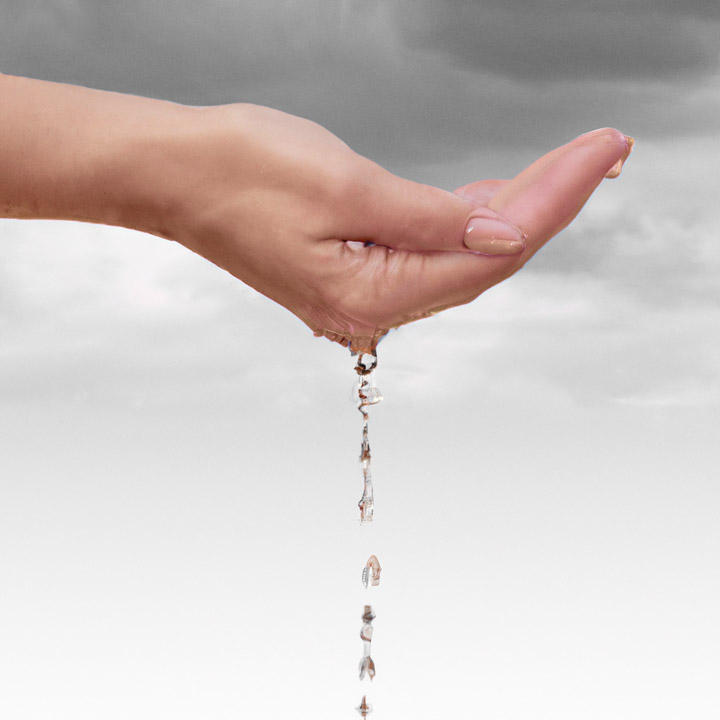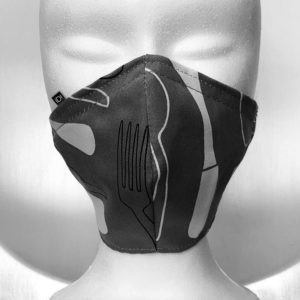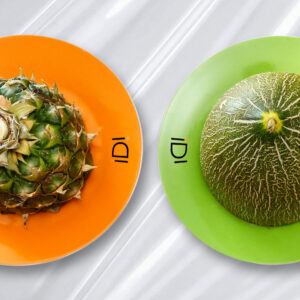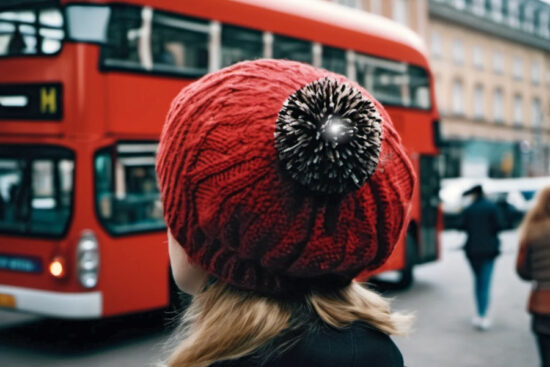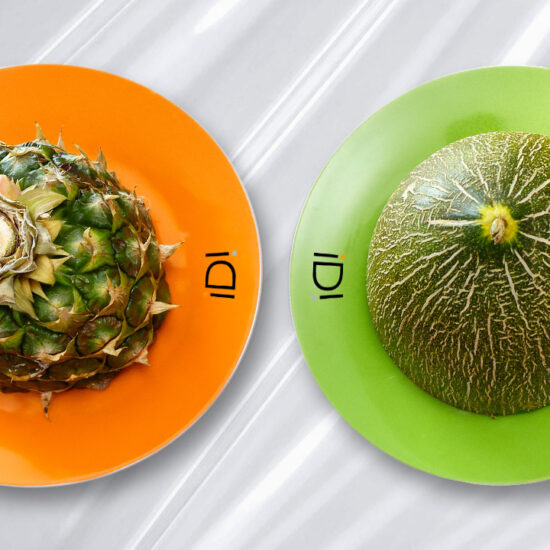impossible Design has worked on this issue and offers you, in addition to a compilation of simple and proven solutions, an innovative concept for recycling rinse water that allows you to recover thousands of liters of water each year to water your plants and gardens.
When your water consumption depends solely on the flow rate of a faucet and the length of time you leave it running, it's fairly simple to implement a few water-saving routines.
Save water in your kitchen
What are the most water-consuming actions in a kitchen?
- Doing the dishes
- Rinsing utensils, food, hands…
- Cooking food
Save water for washing dishes
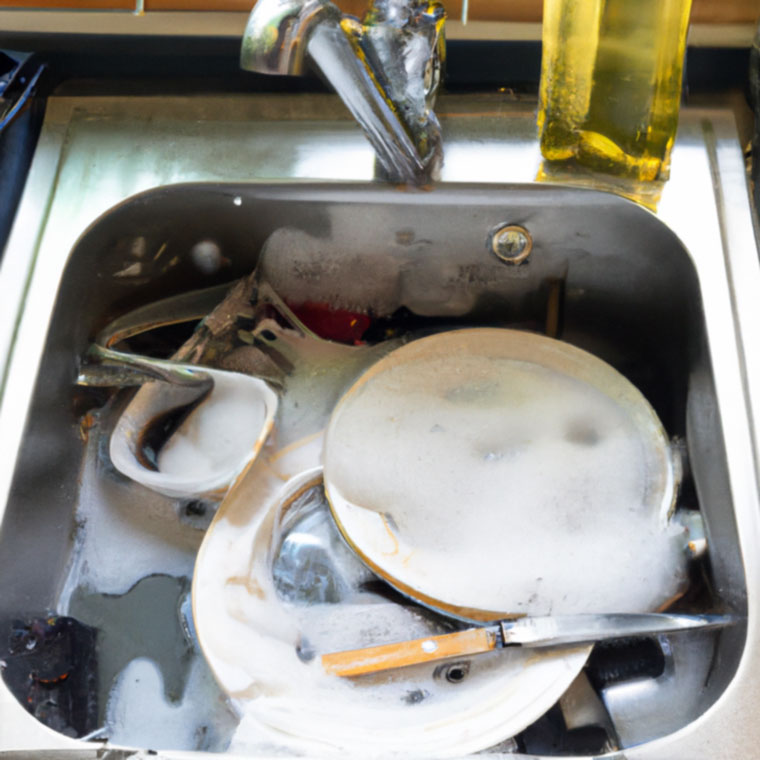
We have known for a long time that washing dishes with running water is a very high water consumption item.
The most water-efficient technique is to separate each step in closed tanks with a volume of water adapted to the quantity of dishes:
- A full tank for cleaning.
- A full tub for pre-rinse or final rinse for lightly soiled dishes.
If necessary, a full tray for a second rinse or a very quick rinse under running water for larger utensils.
Does the dishwasher save water?
Yes, in theory, because it consumes 2 to 4 times less water than hand-washing.
However, we must not forget to take into account 2 important factors that can weigh this result: many people pre-rinse the utensils before putting them inside, while others do not always fill their dishwasher to use it.
The unnecessary overconsumption of water caused by these "bad" habits can make the dishwasher much less competitive.
Save cooking water

It is difficult to make significant water savings when cooking with water unless you steam or use a pressure cooker, such as a French "cocotte minute", which requires very little water to cook at high pressure.
What routines can be put in place for cooking with water in a traditional pot to achieve sustainable savings over time?
- Use a lid because it reduces evaporation and allows you to use a little less water.
- Reduce the use of your pots and pans by one size.
- Do not fill large containers "by guesswork" and use a measuring cup.
recycling iD!: for vegetables and certain foods, if the cooking water is not salty, why not use it, once cooled, to water your plants?
Rinse water in question

In a kitchen, rinsing hands, food or utensils with running water is a very frequent practice, consuming a considerable amount of water over time.
In the game of waste, running water while waiting for it to get hot can also represent several liters each time.
We thought about this problem of water waste and developed our solution!
iD! concept: recycling rinse water
When Impossible Design looked at the different ways to save water inside a home, it quickly became apparent that running water rinses are completely "left out" of known water recycling practices.
We therefore wondered how to recover as much of this still "clean" water as possible rather than dumping it stupidly with the wastewater.
Our iD! was to develop a water recovery system that could be controlled on demand very easily.
Requirements : rinse water and grey water
For the use of our process, it is essential to use cleaning products with little (or no) pollution and biodegradable, in case some residues contained in the sink or the drain are found in the recovered water.
Well-managed rinse water can be considered different from grey water which necessarily contains detergents.
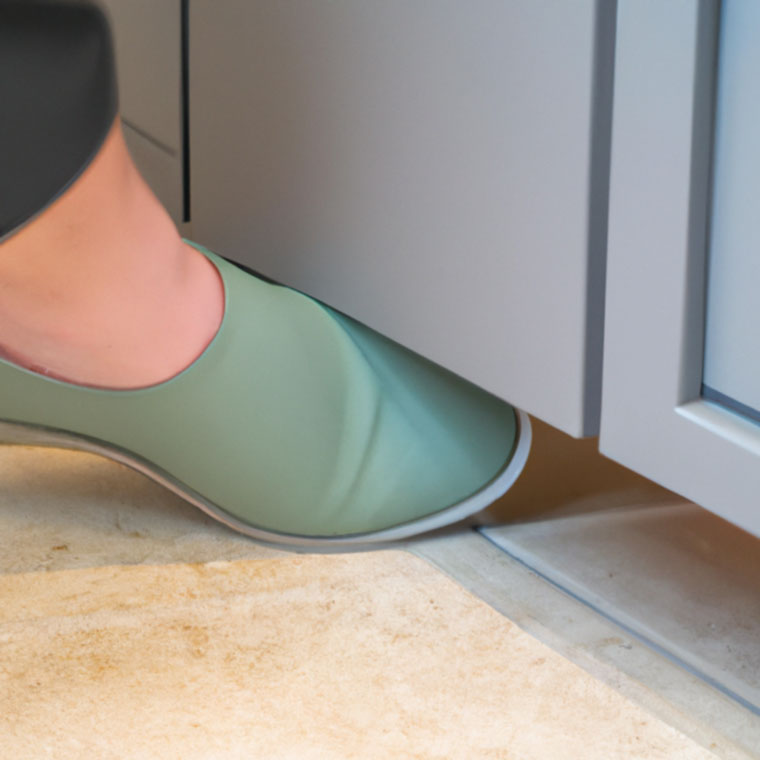
Principle of water discharge by means of a foot switch
A manual release at the sink would have been inconvenient to use, so a foot control appeared to be the most suitable solution.
Whether it's a mechanical foot switch, an electric plunger integrated in a baseboard or a sensor with an electronic detector, you can use your foot to open the water outlet at the exact moment you need it.
A system that can be integrated into an existing kitchen
Our system - under development* - is easily inserted as close as possible to the sink drain, just above an existing siphon or via the installation of a specific double siphon.
An electrical supply is required for the two most advanced control models.
Recovery of rinsing water in a tank
The version that can be integrated into a kitchen for a house or an apartment has a small 50-liter tank to be placed under the sink. The first version has an integrated faucet, but the integration of a removable watering can is under study.
So you can water all your indoor and outdoor plants!
For a house, with the intervention of a plumber, the water can be conveyed in a tank buried outside or in a cellar.
In collective housing, this solution could be imagined on a large scale, to allow watering of parks and gardens or street cleaning.
But this would require a collective responsibility with a large part of uncertainty in the fact that some people could let pollutants pass through a network that is intended to be virtuous.
*A financing campaign is under study: if you are interested in our concept as a user or if you are a design office or an industrial company wishing to join our project, please let us know.
Save water in your bathroom
The shower
How to take a shower?
It is necessary to proceed for the shower in 3 steps, without letting the water run permanently:
- Quick wetting
- Soap and shampoo without letting the water run
- Rinse as short as possible
A controlled rinse?
In the long term, good control of rinsing means reliable control of its duration.
Knowing that a shower head can consume from 7 to 15 liters of water per minute depending on the model you have (and up to 25 liters for rain showers…), you need to determine the shortest time you need to rinse yourself properly.
To control the rinse time for all of your showers, you need to come up with your own routine such as counting in your head to a certain number, listening to a piece of music, reciting a poem, singing a few verses of a favorite song, etc.
A timer is not necessarily a good solution because it doesn't allow you to feel the passage of time.
The solution for technophiles:
To motivate the whole family and especially your children, some showerheads can indicate the amount of water consumed and change color according to consumption.
Adapt the frequency of washing
Today's social conventions are not those of yesterday.
However, depending on our activity, a high frequency of showers is not an absolute necessity…
Over the course of a year, we can easily reduce the number of showers and hair washes by 30%.
The bath
Replacing the bath permanently by a controlled shower is the only possible solution to fight against this insane waste of water!
In case of lack of sensations, you can always go swimming for fun outside!
Tooth brushing
The rule is simple: do not leave the water running while brushing.
The traditional toothbrush glass remains the most water-saving solution, even if with a little experience you can manage to absorb just enough water from the tap to rinse.
Hand washing

To be water efficient, hand washing should be done without letting the water run between each step:
- Hand wetting
- Turning off the water
- Soaping
- Quick rinsing.
Occasional disinfection with a hydro-alcoholic gel can reduce the number of washings but does not replace cleaning with soap.
Use less water to clean your home?
- Forget about washing floors with water
- Using a steam cleaner consumes very little water compared to the several buckets needed for a traditional cleaning.
It also has the advantage of doing away with all chemical cleaning products, making your home much healthier. - The sponge remains, in addition, a fabulous invention for cleaning, very economical in water.
Save water in the toilet
In toilets, water saving depends mainly on the equipment installed.
- Most recent toilets offer two buttons to control the amount of water used for flushing.
- Some systems allow to recover the grey water from the shower in tanks to recycle it after filtration in the toilets.
- The ultimate waterless solution is to install a dry toilet.
Recycling
Recycle tap water
Watering water, both for plants and the garden, does not have to come directly from a tap.
As mentioned in various parts of this article, you could recycle cooking water, water that you leave running while waiting for it to get hot and most rinse water.
It is for all these cases that our rinse water recovery system can be an extremely useful and efficient solution.
For grey water containing detergents or waste, filtering systems exist that allow the water to be returned to a part of the house circuit such as the toilet.
Recycling rainwater
The roofs of our houses are great rainwater collectors and there are already widespread solutions that allow to store water in tanks to have watering reserves for the driest periods as well as for the shower or the WC.
Reducing the flow of water consumed: the question of equipment
A water leak in a house is strictly forbidden!
The most effective way to reduce water consumption in a home or garden is to reduce the flow to all water points.
The choice of a water-saving faucet is therefore an essential element.
For existing fittings, there are flow reducers to be screwed to the end of the taps or showerheads that limit the water flow.
For those who can afford it, you can install hand detectors, as in public toilets, or even, for the more fortunate, shower stalls with integrated water recycling systems.
For outdoor watering of vegetable gardens and flowers, if you have not implemented a recycling solution, there are programmers and drip hoses that allow you to control the amount of water consumed.
A last radical solution would be to connect all the water points with a finer piping which would allow to reduce very strongly the water consumption on a house scale.
The material to be avoided
- The bathtub
- The head shower imitating rain.
- A faucet imitating a waterfall
- The individual swimming pool…
The images in this article were created using DALL.E 2 artificial intelligence: from a sentence (in English) describing the desired image, 4 propositions of 3D images are generated with possible variants.
You might also be interested in these other tutorials:

